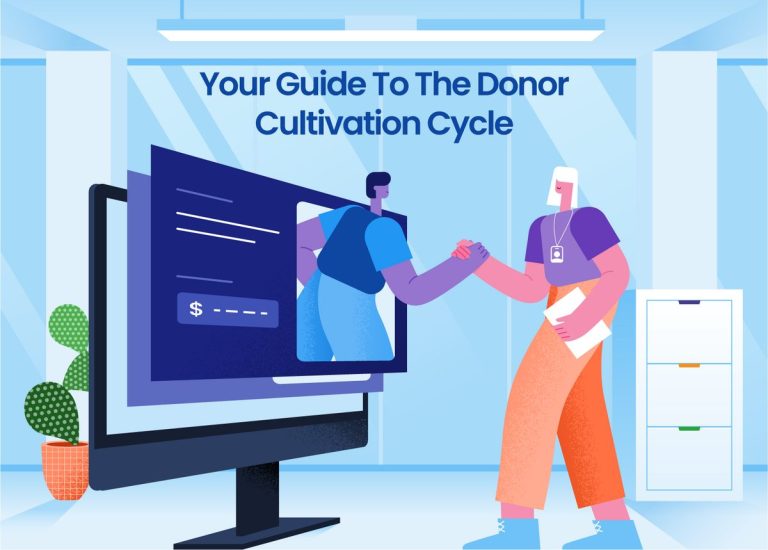We all crave connections, and donors are no different – they want to feel part of something bigger. Imagine crafting a journey so engaging that supporters become champions for your cause. That’s where the donor cultivation cycle comes into play.
Dive in as we unveil strategies to transform potential contacts into major gifts heroes.
Today, we’ll cover:
- The Basics of the Donor Cultivation Cycle
- 10 Stages of the Donor Cultivation Cycle
- Best Practices for the Donor Cultivation Cycle
- Building Enduring Donor Relationships
- Donor Engagement Activities to Add to Your Donor Cultivation Cycle
- Your Donor Cultivation Cycle Needs a Reliable Donor CRM
The Basics of the Donor Cultivation Cycle
Fundraising is relationship-driven, and that’s where understanding the cultivation cycle comes in handy. It’s like nurturing a garden; you plant seeds (identify potential donors), water them (cultivate), and eventually harvest fruits (secure donations).
This process isn’t just about asking for money but creating an experience so rewarding that donors come back to give more.
10 Stages of the Donor Cultivation Cycle
So, where do you begin? These steps should give you an ideal outline to get started with your donor cycle and cultivation process!
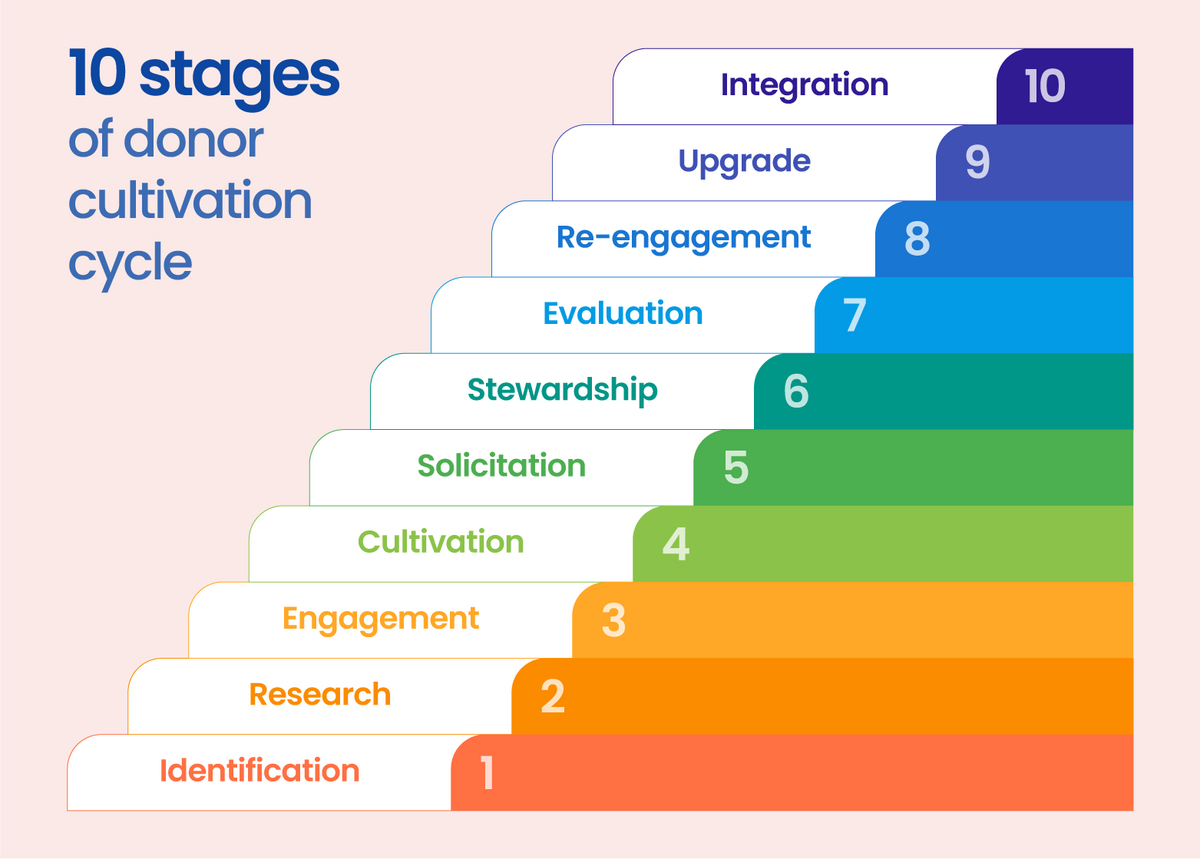
1. Identification
Prospect identification is the first and most important step!
Identify potential donors who align with the organization’s mission and values. You can do this in-house or hire a prospect researcher to do this work for you if your team is strapped for time. Ensure you’re tracking in a CRM so you can fully observe the fundraising cycle from start to finish.
2. Research
Conduct in-depth research on identified prospects to understand their philanthropic history, interests, and capacity to give.
Understanding donor intentions and background is key to success. You want to have information about:
- Their connection to other organizations
- Connection to your cause
- Income and net worth
- Interests and hobbies
- Professional background
- Social influence (check out this blog post for peer-to-peer fundraising tips)
- Geographic location(s)
And, while the focus here will be new donors, it’s important to research existing donors from time to time as well to update their files. Over the donor lifecycle, their situation may change multiple times, and you want to be on top of that on a regular basis as a fundraiser!
3. Engagement
Once you have done the research and seen the potential, the donor cultivation plan truly begins. Initiate contact with potential donors through personalized outreach, events, or informational sessions.
4. Cultivation
You likely won’t get a response on the first communication attempt. Create a personalized strategy based on donor interests and preferences you uncovered in the research phase. Provide personalized updates, exclusive opportunities, and meaningful interactions to spark donor responses and engagement.
5. Solicitation
Once you’ve had a few interactions, it’s time to make the ask. Present a clear and compelling case for support, outlining specific funding needs and the potential impact of the donor’s contribution.
Be sure to tailor the ask to align with the donor’s interests and capacity. Your chances of a yes increase immensely when you are strategic!
6. Stewardship
Once you land your first donation with the donor, express gratitude promptly and sincerely! Then, provide regular updates on how the donor’s contributions are making a difference.
7. Evaluation
This stage involves analyzing where you’re at. It’s where long-term donor cultivation cycle strategy implementation begins. Assess the effectiveness of the cultivation cycle by measuring donor satisfaction, retention, and the overall success of fundraising efforts.
This can be done through personal outreach, quarterly donor surveys, focus groups, etc. Use the feedback and refine strategies for future donor cultivation accordingly.
8. Re-engagement
Explore opportunities for continued involvement, ensuring a long-lasting and mutually beneficial relationship. If you don’t have continuous ways to reach supporters and keep your organization top of mind, you’re going to miss out on future opportunities.
9. Upgrade
Identify opportunities to renew annual contributions or upgrade donors to higher giving levels. Building strong relationships is the best way to “sell” these opportunities.
10. Integration
Foster a culture of philanthropy within the organization to ensure ongoing success in donor cultivation efforts. The ultimate goal with these stages is to identify and turn prospective donors into actual ones who believe deeply enough in your cause to become major donors someday.
Best Practices for the Donor Cultivation Cycle
The key throughout all these stages of the nonprofit donor cycle comes down to one thing: regular communication, both with individual donors and your entire donor base.
Here’s what you need to keep in mind:
1. Express gratitude effectively and efficiently
Thanking donors promptly is not just a courtesy; it’s the cornerstone of building lasting relationships. A heartfelt thank you goes beyond manners—it signals to your supporters that they are valued members of your mission.
But – fundraising basics here – gratitude shouldn’t be a generic gesture.
To make sure each donor feels truly appreciated, personalize your thanks based on their contribution, whether it’s monetary or in-kind donations. Remember, stewardship leads to increased retention, and every message counts.
2. Engage donors beyond the initial gift
The journey doesn’t end after the first donation—that’s where it actually begins. Think long-term: You’re nurturing lifelong supporters who will advocate for and invest in your cause repeatedly over time. The real goal is donor retention to maximize impact.

Your cultivation efforts should be strategic—every touchpoint must bring value and reinforce why supporting your nonprofit makes an impact. From personalized emails to social media shout-outs, show appreciation consistently and creatively to keep that connection strong well past that initial gift moment.
3. Use data for targeted stewardship
Data isn’t just numbers; it tells stories about what motivates people to give—and keep giving—to your organization. By leveraging data analysis correctly from donor profiles and past behaviors, you can tailor donor stewardship efforts, ensuring they resonate deeply with each unique supporter.
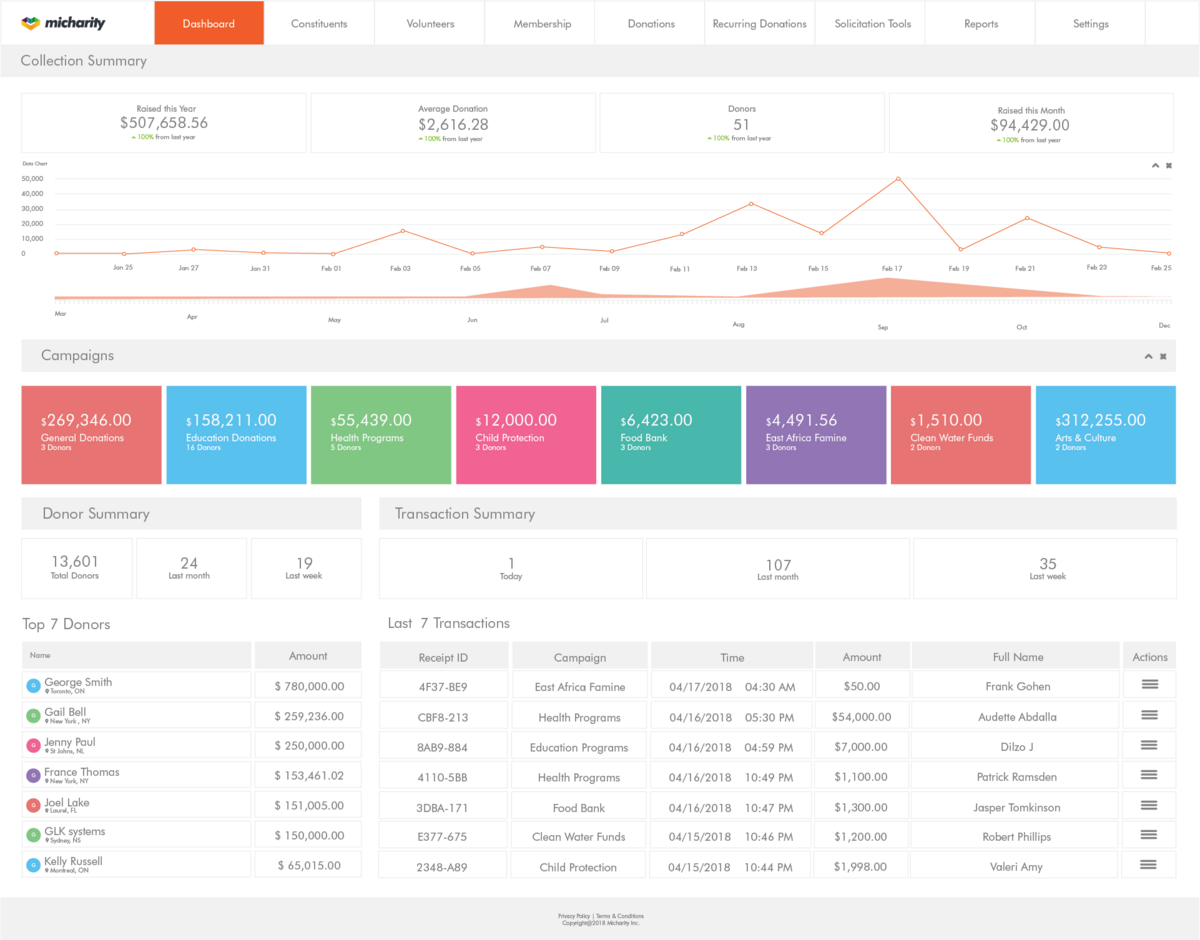
Analyzing patterns also allows nonprofits like yours to identify potential major gifts by flagging up promising prospects showing signs of deeper financial capacity through regular contributions or engagement levels with various programs offered by organizations like yours at Stratly.
4. Prioritize quarterly impact reports
Demonstrating clear results is vital because when people see real-world outcomes stemming from their generosity, they’re more likely to stay engaged. Provide regular updates through newsletters or personal notes sharing successes—even small wins count.
Sharing these stories of impact clearly communicates the value of continued support and partnership. It’s a way to say thank you that resonates deeply with supporters, reinforcing the fact that their contributions are essential and well-utilized.
5. Ensure you’re appealing to emotions
Over 80% of donors will choose a cause they feel connected to versus one with a greater impact. Appeal to the emotional side of individual donors with every personalized touchpoint, social media post, email blast, etc.
Building Enduring Donor Relationships
While communication is key, fostering strong bonds with donors is much more than a simple thank-you after a donation.
Creating an experience that touches people on a personal level is essential for forming lasting relationships with donors. Treating your donor relationship as you would any other meaningful connection in your life grows stronger and more resilient over time.
1. The power of personalization
To really hit the mark, personalize every interaction. Think about how receiving a handwritten note makes you feel—it shows someone took the time to engage with you individually. This same principle applies when nurturing individual donor relationships.
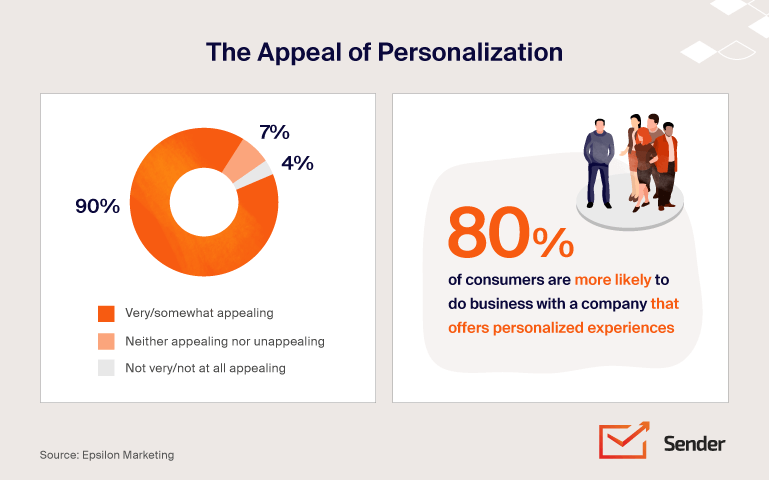
Tailoring communications can transform one-time givers into lifelong supporters because they see their unique impact within your mission.
Beyond addressing them by name, dive deep into donor cultivation resources to understand their interests and preferences—then reflect these insights in your conversations with them. The result? A significant boost in retention rates which is essential for the long-term sustainability of nonprofits.
2. Make every interaction count
Raising funds isn’t just about asking for money; it’s about inviting people to join something bigger than themselves. So make each touchpoint count—from social media shoutouts to updates at fundraising events—and give donors regular reminders that they’re part of something extraordinary.
A promising prospect might first show up at an event or subscribe to updates from afar. But, remember, engagement strategies are key across all stages involved—from identification through stewardship—to keep this relationship dynamic and growing steadily. The goal is to maximize fundraising efforts and start to generate major gift donors down the line.
3. Celebrate milestones together
Showcase what milestones have been reached because of their contributions.
Did those donations help build a new facility? Provide scholarships? Support research breakthroughs?
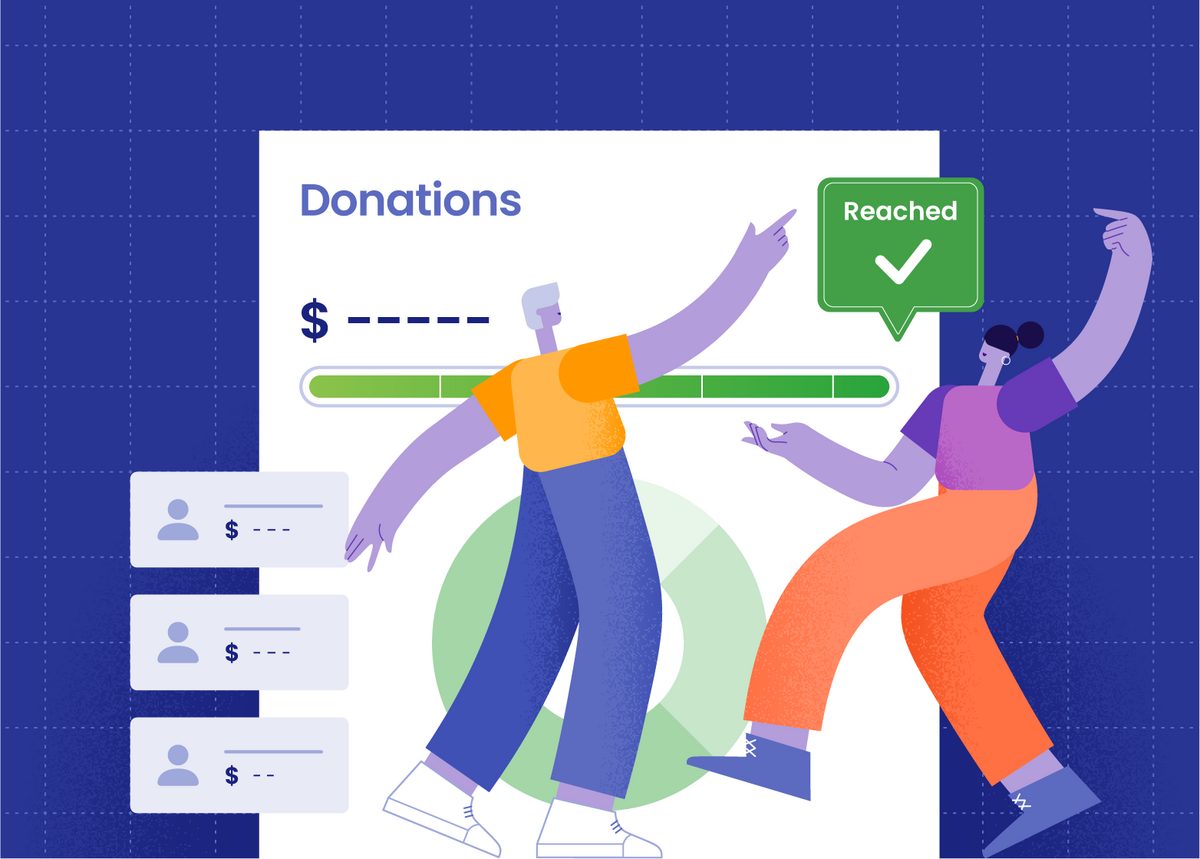
Celebrate these wins together. And don’t stop there. Continue reaching out regularly—even if not directly soliciting support—with news on project progressions or invitations back into the community fold for special occasions or volunteer slots available only to current donors.
4. Nurture through stewardship
An exceptional cultivation plan always includes thoughtful stewardship tactics designed specifically around maintaining positive experiences post-donation—the ultimate goal is repeating gifts whether financial capacity allows for major giving now or perhaps just consistent smaller amounts over time, which are equally valuable.
- In-kind donations need acknowledgment too—a ‘thank you’ can go miles in fostering goodwill among potential major supporters who might be watching how well existing ones get treated before deciding whether—or how much—to contribute themselves.
- Educate everyone involved—from volunteers up through executive leadership—about best practices so every team member knows exactly what they need to do and why it matters. This keeps the whole crew on the same page and drives better results.
Donor Engagement Activities to Add to Your Donor Cultivation Cycle
Many get started with their donor lifecycle but get stuck when it comes to step four, cultivation. So, here are a few ideas to get you started:
1. Volunteer opportunities
Offer opportunities for donors to get involved as volunteers, connecting them directly with the organization’s mission.
2. Personal meetings
Schedule one-on-one meetings to discuss the donor’s interests, concerns, and vision for the organization.
3. Educational workshops
Conduct workshops or webinars related to the nonprofit’s mission, providing donors with insights into the challenges and solutions.
4., Exclusive events
Host exclusive events, such as donor (or prospective donor) appreciation dinners or private tours, to give donors a closer look at the organization’s work.
Your Donor Cultivation Cycle Needs a Reliable Donor CRM
So, you’ve journeyed through the donor cultivation cycle. You now know it’s not just a fundraiser’s buzzword; it’s your blueprint for success.
Donor cultivation strategies are only successful when you have the infrastructure to support your efforts, though.
There’s a lot of donor data to manage, from contact information to donor giving history, continued touchpoints, and more. If you don’t have the right software on your side to manage donor relations, it’s easy to miss a step in your donor cultivation cycle and leave money on the table.
Book a demo today to see how Stratly can help streamline your donor relationship building.

